Trauma-Informed Restorative Yoga Training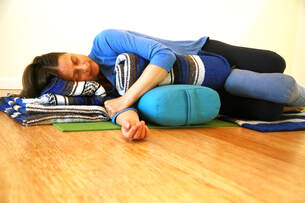 Jodi Boone and I are so excited to share that we will offer our Yoga Teacher Training in person this fall at the Yoga Tree, in Seattle's Fremont Neighborhood. Join us November 11-13, 2022, for this 23-hour training, (20.5 if you opt out of the included Online teaching workshop). Our training is intentionally limited to 12 participants so that you receive the most high-quality training experience and individual attention. If you know someone interested in deepening their practice (it's like a learning retreat!) or gaining skills for guiding others in this deeply restful, trauma-informed practice, please share. Details are here, or you can visit The Yoga Tree website directly to register. Off to San Fransisco Sept 1 - 20 Do you want to come in before I go? Schedule your appointment here I'm so excited to go to San Fransisco for three weeks as a mentor to some Feldenkrais Training students. I'll also be an intern in the training, deepening my own work. This does mean that I'll be away Sept 1 - September 20, 2022--and I'll miss you all! However, I believe it is important and valuable for us to have different mirrors, and different feedback. It's a great opportunity to do that. While I'm gone, why not make an appointment with Michael Emanuel (call/text 206.399.2159) Therapeutic Massage - Michael Emanuel, LMT - Reiki Master Teacher, Seattle master of unwinding and supporting the system do it's own reset with Reiki and hands on work. Or, perhaps the lovely Sheri Cohen Movement Education | Seattle Feldenkrais, Yoga & Dance ?
0 Comments
Sunday Evenings 5pm July 10 - August 21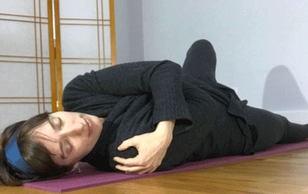 Join me online for the Intrinsic Rewards: Awareness Through Movement (ATM®) Class! July 10 - August 21, every Sunday at 5pm. Tuition: $108 for 7 classes / $20 for online drop-in. Want to check it out? If you would like to attend one class online to try it, you are very welcome. Use the "drop-in," choose July 10, and I'll email you the link. Pay between 0-$20. If you decide to continue, your payment will go towards the series! Or use the credit towards a session with me. More information on what this class looks like here. We are systems: when one part improves, everything improves.In this series, each class will have an organization and focus: expect classes that address breathing, healthy movements of the spine, finding length in the hamstrings, ease in the neck, improved coordination, happy knees, and more.
In the process, many other things will be improved as well, and you'll find yourself a little more space and ease. People often report feeling taller, breathing easier, and a sense of grounded-ness and confidence. If you know that commuting here in the summer is going to be a hardship, please attend online. If you know you need an in-person place, and these fill, please email me, and we'll see what we can do! However, if many of you would like to come in-person, I'll add another section. If you know someone that would like to try the first class online, they can use the drop-in link, and register for the first session on July 10th. They can pay what they like from $0-$20. If they choose to continue, their class purchase will go towards future classes. If the cost of class is a hardship, I provide many free audio ATM classes online, videos online, and am happy to work with you to make attendance live online possible as well. 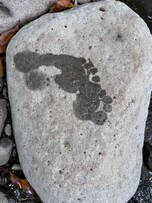 As I do for my clients, I've been away accepting myself as I am, and nourishing my health--and I am so grateful. And I am also so excited to work with you again! I find so much joy and creativity in my work, that I miss it when I am away--so much so that I even brought a roller and inflatable balls (if you haven't met these, you will) to Hawaii! Simply being, without forcing things to be different than they are--well, it's a paradox: Acceptance of where and how I am is the beginning of healing. And that acceptance isn't perfect, just the best I can in the moment. I know this to be true from Feldenkrais lessons, classes, and from my own life experience. And I have felt it in my time away. Feeling better isn't just about getting out of pain. Sometimes it is just the ability to turn down the static, the worry, the stress. When we have more ease, more easy alignment, we feel more confident. We feel stronger, more capable. Our relationships improve; we have more options. We are more connected to ourselves and others. I hope you are finding a way to feel purposeful, connected, and in the flow of life! Look below for the fundraiser for Ukraine, offered by Feldenkrais Access. With Feldenkrais lessons online, you can be your own kind healer, and David and Raz are two wonderful mentors and teachers. With gratitude for your presence in the world, Heather Feldenkrais ATM Class?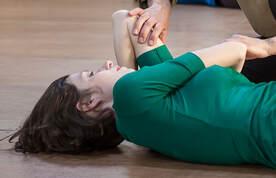 New class starting. Interested? Click on the photo for the survey. New class starting. Interested? Click on the photo for the survey. Please take this survey to let me know what times and format might work for you for the upcoming Awareness Through Movement class. For more information, go here.
Looking for a place to start addressing internalized effects of racism in our society? Wondering if you are part of the problem, and also have a part in the solution? (You are. You do.) Read. Watch. Take in the vast and varied resources created for your education by people who have spent their lives studying (not to mention experiencing) issues of racism. ReadThere are so many ways and places to dive in. These two are for starting out, learning the territory, and understanding the language, and the particular internal barriers that might exist for you in your conversations with those around you.
Watch
ListenAddressing Racism in the Body - application of many of the mind-body techniques in a beautiful a specific way is introduced in this On Being Podcast. A book is out there as well. Take ActionConsider how you might offer support in a way that is needed, impactful, meaningful, and sustainable. Consider that learning is only the beginning. Action is important. What that action is, on the other hand can be as varied as you can imagine. Making phone calls. Texting. Writing letters. Donating. Choosing where and how you spend your money. Choosing where and how you have conversations. Self-care is also a powerful way of disrupting our system which is predicated on our being exhausted and underinformed. So, rest. Become informed. And throughout, don't be afraid to screw up. Do your best, and learn to do better (this is paraphrased, or perhaps quoted from Ijeoma Oluo). If you have money to donate, seek good advice instead of donating on the spur of the moment. Consider donating at a "level you notice," and plan to do so for the long-term in order to support change over time (thank you Sarah, owner of Yoga on Beacon for this advice, in her Facebook post). And as Robin DiAngelo asserts in her youtube talk don't stop at learning. Ask yourself, how will POC (or your community) know that you are learning? How will you show up differently? Keep asking. Our growth and health as a community depend upon our all creating room within us, and outside of us for conditions that support growth and healing. "Creating flexibility can be more complex—and simpler—than you might think"
Curious? Read the post on Elephant journal, and consider sharing.
There's a short video on how to make a roller, below. If you have an exercise ball, you can use that instead, however, it will provide different feedback.
If this is a new process for you, consider watching first. Then, you can follow along with just the audio, because you'll know where you are going. Feel free to use the ideas here as the inspiration for your own creative exploration. 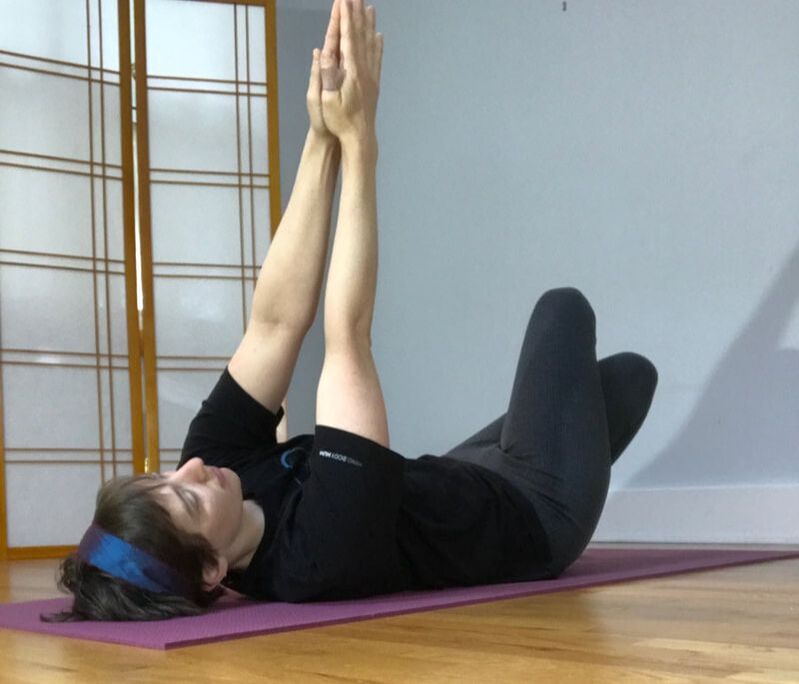 Practicing a meditative, playful, novel, Feldenkrais Awareness Through Movement Lesson changes everything. Practicing a meditative, playful, novel, Feldenkrais Awareness Through Movement Lesson changes everything. It can be tempting to work with the problem. Like, when my neck hurts, I keep feeling this urge to work with my neck, to massage the sore places, and to tweak things. While this might give temporary relief, it doesn't seem to resolve the issues. Sometimes it even makes things worse. Pain in my neck is more successfully worked out in my whole system, by working with my breath, spine, hands, ribs, eyes, jaw. These areas don’t usually seem painful. So, how can they be the key to neck pain? As a dancer, I know how to keep my torso very still and stable, (imagine the breath disfunctions that might carry over into my everyday life!). In order for my upper body to be still--focusing on the computer, for example--my neck has to do extra work. That extra work results in pain, and injury. If you bend a long wire across its whole length, the stability remains. If you bend a wire only in one place repeatedly, that place becomes hot (inflamed), and eventually breaks down. Our strengths and our difficulties are both integral to how we are organized. In Feldenkrais Method, the approach is to focus on, and increase the skillfulness we already have. In this way, we can use our strengths as the key to disrupting patterns of pain. So my skills are in keeping my torso stable, immovable. That is a talent! Lessons that help me become more intelligent about how much I tense, how and when I tense, actually help me learn to do the opposite. (Paradox!) I learn to find movement in my upper ribs and torso, so that the movement of my neck becomes more integrated and I have less pain. In this mini-lesson, we move all as one, stable and together, and then begin to differentiate parts. Try it out and see how it impacts your sense of yourself on the earth and in standing. Feldenkrais Method Movement Meditation (guided recording below) 1. Lie on your back, and map the imprint you can feel yourself making on the earth. 2. Stand your feet, bend your knees. Cross your legs comfortably, arms long with palms together (or in a hug around, with one arm under, one arm over. Play with rolling to one side, keeping your eyes, sternum, hands, knees, all aligned! Follow the sense of the movement in each direction--stay with the one side only. Less is more--that means, a movement that allows you to have NO MOMENTUM, NO FORCE, GLOBAL AWARENESS. 5. REST. 6. Play with staying rolled to the side, balancing--in this shape, relax everything possible while staying rolled a little to the side (like in the photo). 7. REST 8. Let your arms, legs, body continue to roll to this same side, but let your eyes, head, and nose go opposite! Play with the timing, staying in ease. Less is MORE! That means, one movement done smoothly is worth more than many repetitions. 9. Try it on the other side! 10. SENSE YOURSELF ON THE EARTH. Feel the difference of your imprint on the ground. Sense yourself also in standing. What's new, more available, more present in your sense of yourself? Want to deep dive? Here is a recording of this lesson. If you choose to follow along with this lesson, or if you choose to try the moves on your own, remember that nothing should ever increase pain. Read this HOW-TO for more information. Other free and low-cost resources?Annie Thoe's Sensing Vitality offers short video lessons. My recommendation would be to do these at a much slower rate (they will already seem slow to most of you). Find a lesson that seems completely unrelated to your difficulty, and see what happens.
Taro Iwamoto has a video every Wednesday with mini-movement explorations that can be challenging, playful. Stay within your comfortable range! Jill Aldridge offers bi-weekly, donation-based/free classes weekly in Hanna Somatics, a related field of movement work. Clear some room on the floor, and possibly have a chair nearby. Want something longer? Something guided, and created just for you? Schedule an online Feldenkrais Session with me--these are $60/an hour (40% off regular rates) or meet with a Feldenkrais Method Practitioner near you. Need resources? Ask! I'm happy to spend some time connecting you to all kinds of people who do online movement or healing work in many modalities including Reiki, Shamanic work, Somatic work. With love and gratitude, Heather
A free 90 minute yoga exploration for you!
https://player.vimeo.com/video/408909877 Dears, here is my first recorded class. It is cued for using one blanket, but those of you that take restorative yoga class regularly will find you remember how to add your bolster if you have one. You may want to fast forward through the first 1 minute.
I have begun seeing clients online, for private Feldenkrais® and Restorative Yoga and Reiki as well, using ZOOM. This has actually gone very well. Payment is sliding scale $60 - $80 per hour. If you would like to do this, you may schedule by email. It can be so difficult to set aside the mounting to do list that is ever present in our own homes. Finding a few minutes to lower your stress level is incredibly effective. Even 1 minute.
Here is a VERY short practice. I recommend putting your phone on do not disturb, and setting a timer, so you don’t worry about when to rise. This can be so helpful in really giving yourself permission to rest. 1. Find a chair (if it has no padding, pad with a towel.) 2. Lie on your side, as close to the chair as possible 3. Roll to bring your legs up. Adaptations: If your chair is too tall for comfort, use a wall instead, and put your legs up! Be mindful to avoid stretching. What else can you do to increase your comfort level? Play restful music you find enjoyable. Cover your eyes, if this is helpful. Listen to a guided meditation (free on Insight Timer, or youtube). Benefits: The benefits of putting your legs up are myriad, including support for the immune system, lymph system. This pose, legs up on chair, or at the wall, is a balancing posture that can help regulate imbalance. If you have any concern about whether this pose is right for you, please consult a trusted health care provider. If you find you are not comfortable in this pose, there are myriad variations, and I'm happy to consult with you. |
AuthorHeather Emanuel, is a Guild Certified Feldenkrais Method® Practitioner, Assistant Trainer, LMT, and Awareness Through Movement® facilitator. She also teaches Restorative Yoga. Free and subscription classes also are on PATREON.
As an artist, she has won accolades for her playful portraits. These days, she's pouring her creativity into her Feldenkrais work. Just as her art explores expression, playfulness, identity, and the possible, so do her movement sessions. Her art CV is here. Recorded classes on Patreon for free or a small subscription. Archives
January 2024
Categories
All
|
Heather Emanuel, GCFPSchedule Appointment
|
|

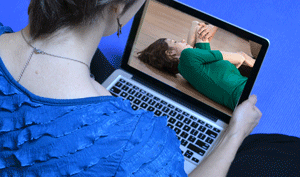
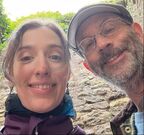
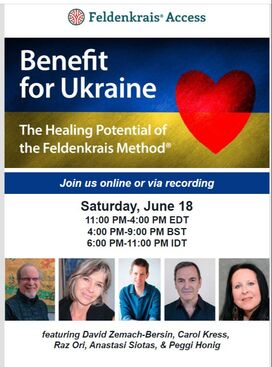
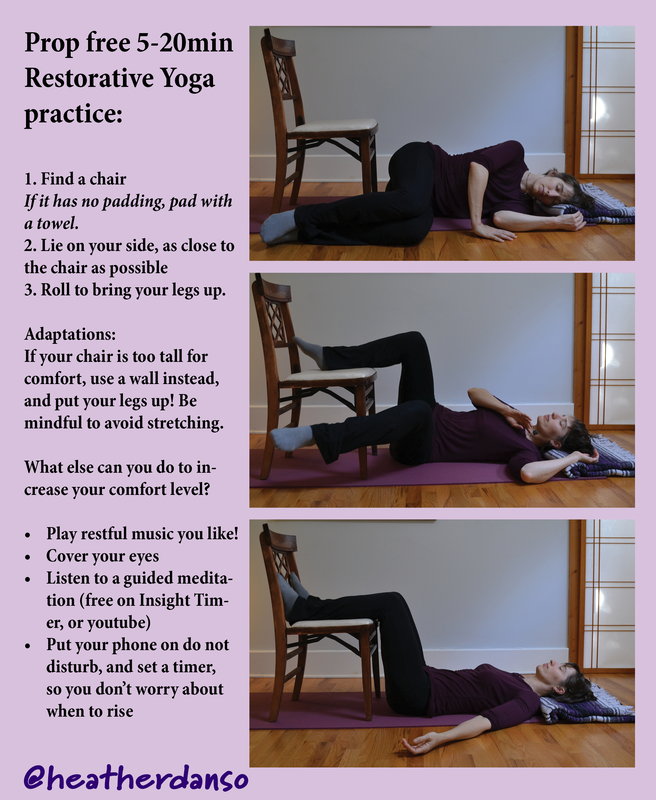
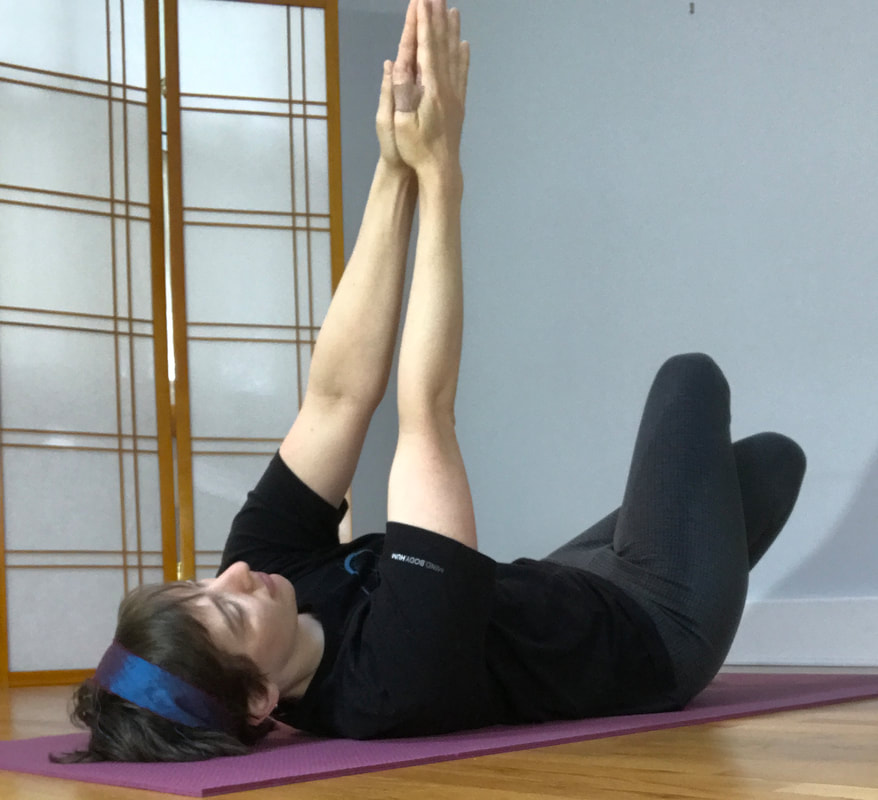
 RSS Feed
RSS Feed